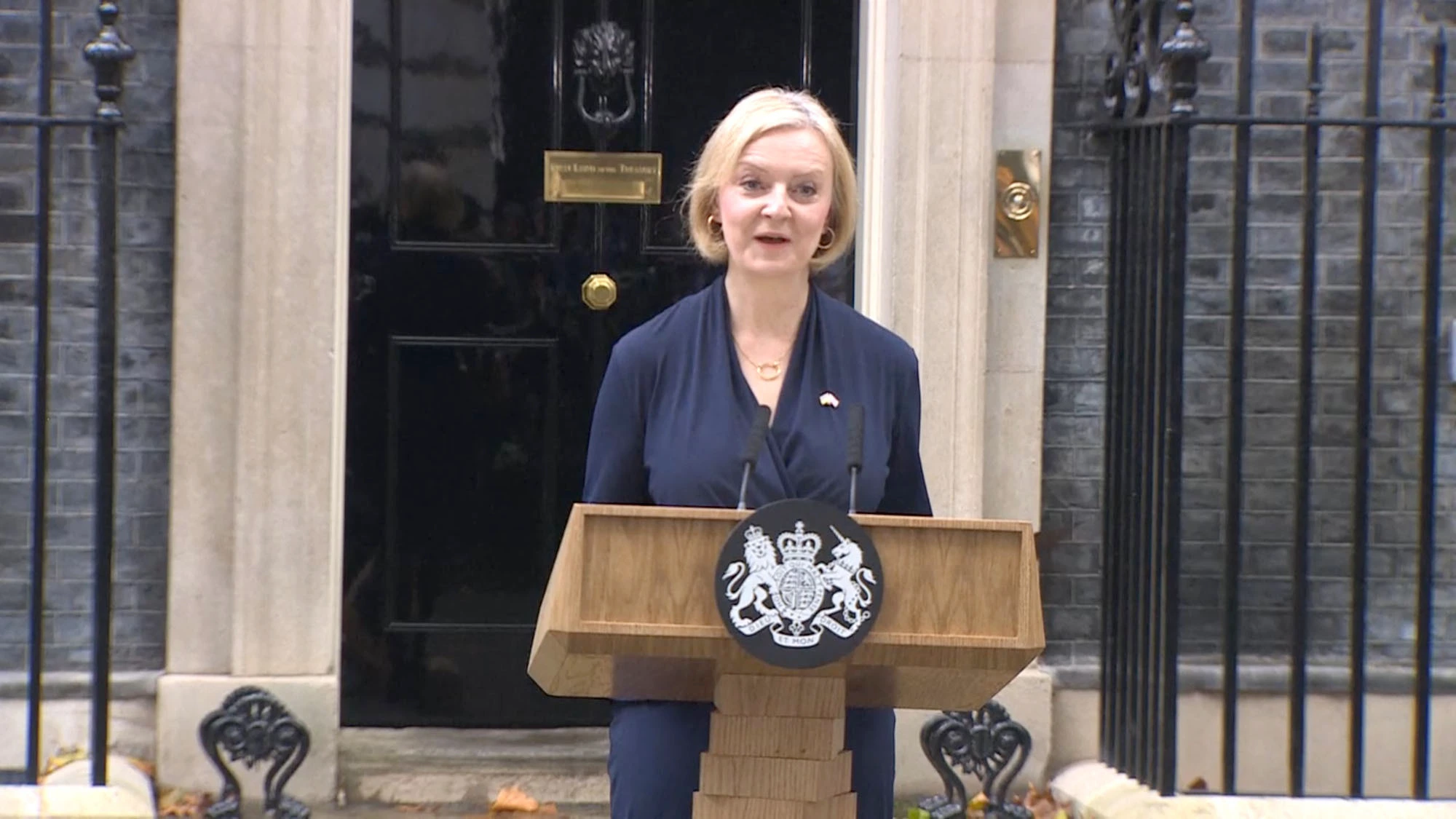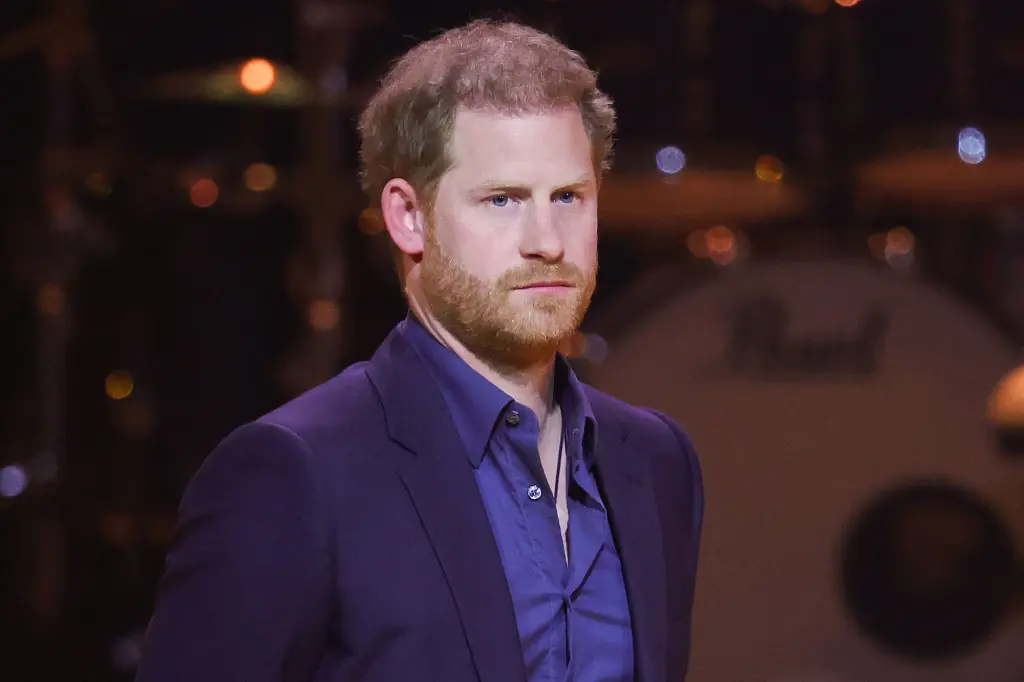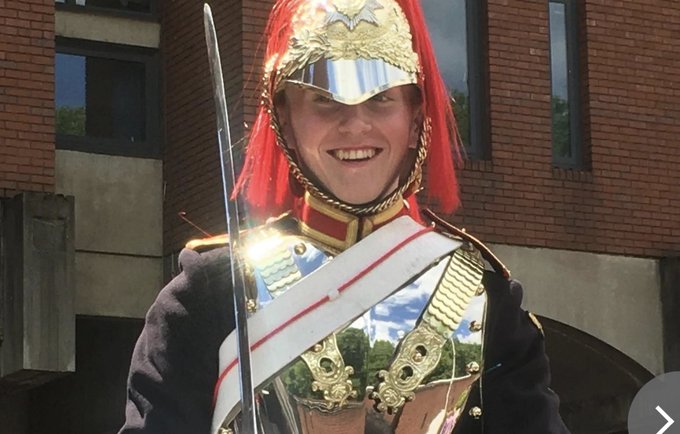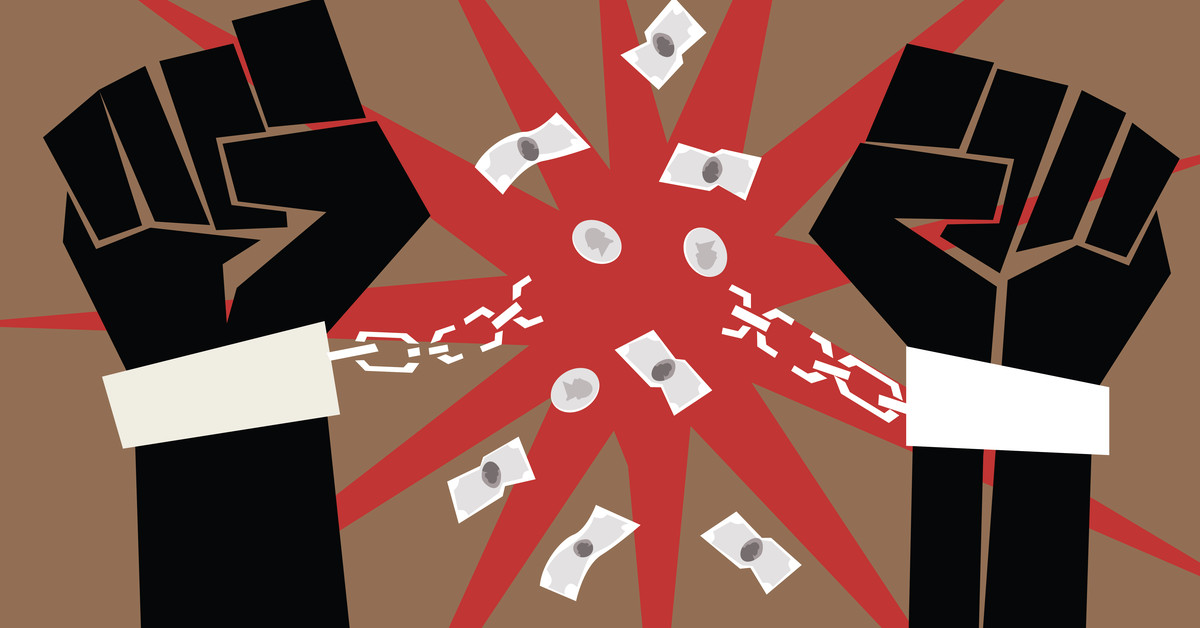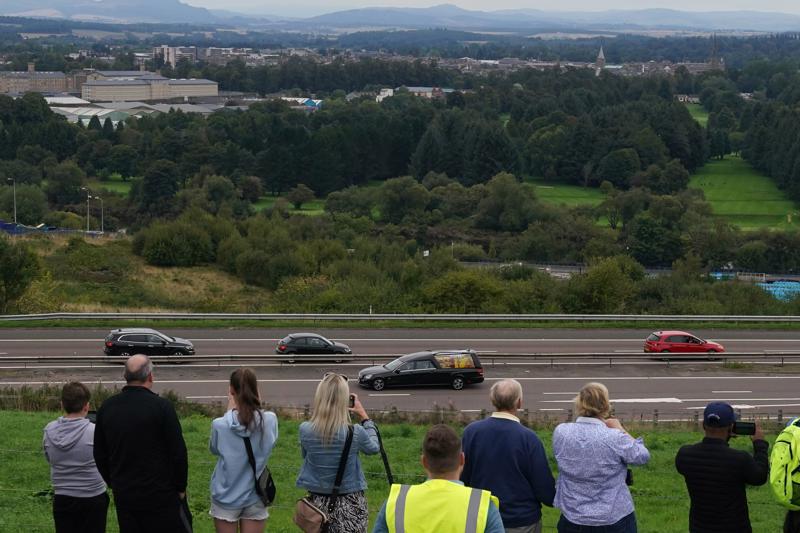
The Flag-draped coffin of Queen Elizabeth II was transported across the Scottish countryside Sunday from her beloved Balmoral Castle to the Scottish city of Edinburgh in a leisurely, solemn, and regal procession. Mourners crammed city streets and highway bridges or lined rural roads with automobiles and tractors to say farewell to the king who ruled for 70 years.
The hearse passed by mounds of flowers and other tributes as it carried a seven-car cortege from Balmoral, where the queen died Thursday at 96, to Holyroodhouse Palace in Edinburgh. The late queen’s coffin was wrapped with the Royal Standard for Scotland and topped with a wreath composed of flowers from the estate, including sweet peas, which were the queen’s favourite.
The procession was a big event for Scotland, as the United Kingdom mourns its longest-reigning monarch, the only one most Britons have ever known, for several days. People flocked to the police barriers hours before the casket arrived in Edinburgh, Scotland’s capital. By the afternoon, crowds were up to ten people thick in some spots, eager to be a part of the festivities.
“I think she has been an ever-constant in my life. She was the queen I was born under, and she has always been there,” said Angus Ruthven, a 54-year-old civil servant from Edinburgh, as he awaited the coffin’s arrival.
“I think it will take a lot of adjusting that she is not here. It is quite a sudden thing. We knew she was getting frailer, but it will be a good reign for King Charles,” he predicted.
The first village the caravan passed through was Ballater, where residents regarded the royal family as neighbours. Hundreds of people watched silently, and some threw flowers in front of the hearse as it passed.”
“She meant a lot to individuals in our community.” “It was fantastic to see people sobbing,” said Victoria Pacheco, a guest house manager.
The party was received with quiet expressions of reverence in every Scottish town and village they passed through. People largely stood silently; some clapped respectfully, while others aimed their phone cameras towards passing automobiles. Farmers lined the path in Aberdeenshire with an honour guard comprising hundreds of tractors.
The caravan drove through a royal memory lane before arriving in the Scottish capital, travelling through areas rich in House of Windsor heritage. Among them were Dyce, where the queen formally launched the United Kingdom’s first North Sea oil pipeline in 1975, and Fife, near St. Andrews University, where her grandson Prince William, now the Prince of Wales, studied and met his future wife, Catherine.
The queen’s eldest son, King Charles III, was solemnly declared the new king across the remainder of the United Kingdom on Sunday: Scotland, Wales, and Northern Ireland. It happened a day after the king’s pompous accession ceremony in England, which was rich in historical tradition and political symbolism.
“I am deeply aware of this great inheritance and the duties and heavy responsibilities of sovereignty, which have now passed to me,” Charles said Saturday.
Before the proclamation was read Sunday in Edinburgh, a protester appeared with a sign condemning imperialism and urging leaders to “abolish the monarchy.” She was taken away soon afterwards by police. Reaction to the protest was mixed. One man shouted, “Let her go! It’s free speech!” while others shouted: “Have some respect!”
Even so, there was considerable booing in Edinburgh as Lord Lyon, King of Arms Joseph Morrow, closed his declaration with the words “God save the king!”
At King Charles III’s proclamation in Edinburgh, Ann Hamilton, 48, thought it was “absolutely horrible” people booed the royal family.
“There are thousands of people here today to show their respect. I think it was terrible for them to be here, heckling through things. If they were so against it, they shouldn’t have come,” she said.
Nonetheless, it showed how some, particularly Britain’s former colonies, were dealing with the monarchy’s legacy. Proclamations have already been read in other areas of the Commonwealth, notably Australia and New Zealand.
Even as he grieved his late mother, Charles got to work at Buckingham Palace, meeting with the secretary-general and other Commonwealth members. Many people in those countries are torn between admiration for the queen and resentment for their colonial legacy, ranging from open slavery to physical punishment in African schools to plundered treasures housed in British cultural institutions.
After an election in May, Australian Prime Minister Anthony Albanese laid the basis for an Australian republic, saying on Sunday that now was not the time for change but for paying honour to the late Queen Elizabeth II.
India, a former British colony, marked a day of national mourning, with flags flying at half-staff on all official buildings across the country.
There were glimpses of a possible family reconciliation among the anguish that engulfed the House of Windsor. Prince William and his brother Harry, along with their spouses, Catherine, Princess of Wales, and Meghan, Duchess of Sussex, surprised mourners outside Windsor Castle on Saturday with an unexpected combined visit.
The queen’s casket was making its way back to the city through a convoluted route. It will be transported from Holyroodhouse to Edinburgh’s St. Giles’ Cathedral on Monday, which will remain until Tuesday when it will be flown to London. The casket will be transferred from Buckingham Palace to the Houses of Parliament on Wednesday, where it will lay in state until the royal burial at Westminster Abbey on September 19.
The Rev. David Barr of Ballater said residents regard the royals as “neighbours” and attempt to treat them as such when they visit the Scottish Highlands during the summer.
“When she comes up here, and she goes through those gates, I believe the royal part of her stays mostly outside,” he said. “And as she goes in, she was able to be a wife, a loving wife, a loving mum, a loving gran and then later on a loving great-gran — and aunty — and be normal.”
Elizabeth Taylor of Aberdeen was overcome with emotion as the hearse carrying the queen’s coffin went through Ballater.
“It was very emotional. It was respectful and showed what they think of the queen,” she said. “She certainly gave service to this country, even up until a few days before her death.”

